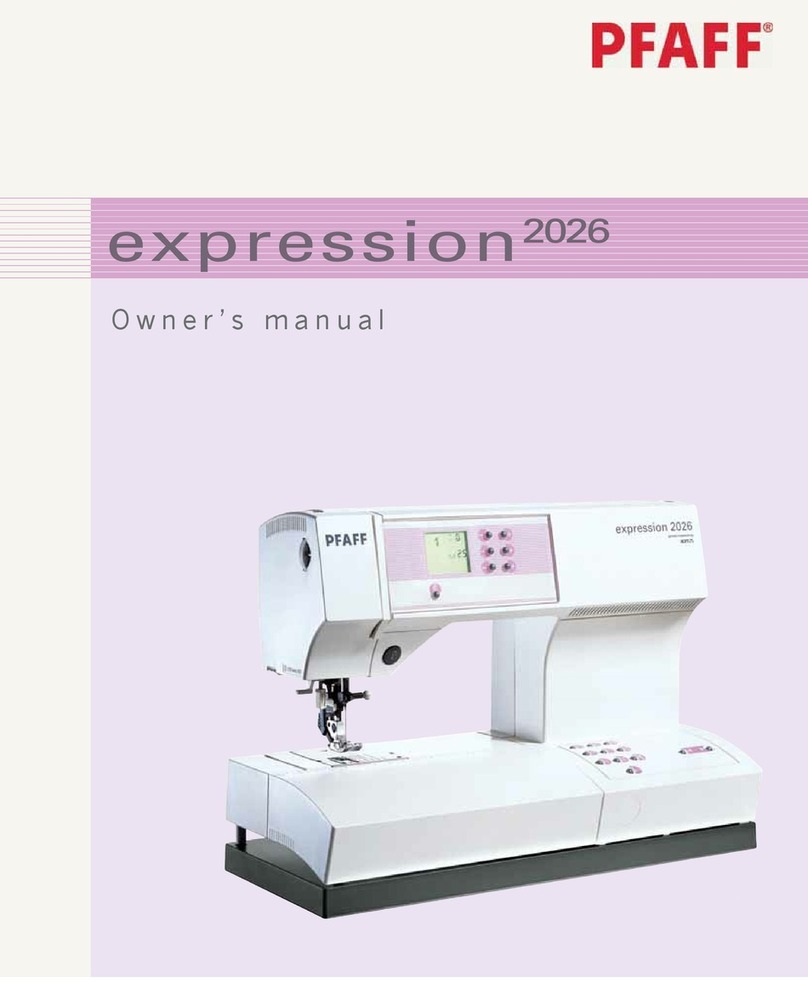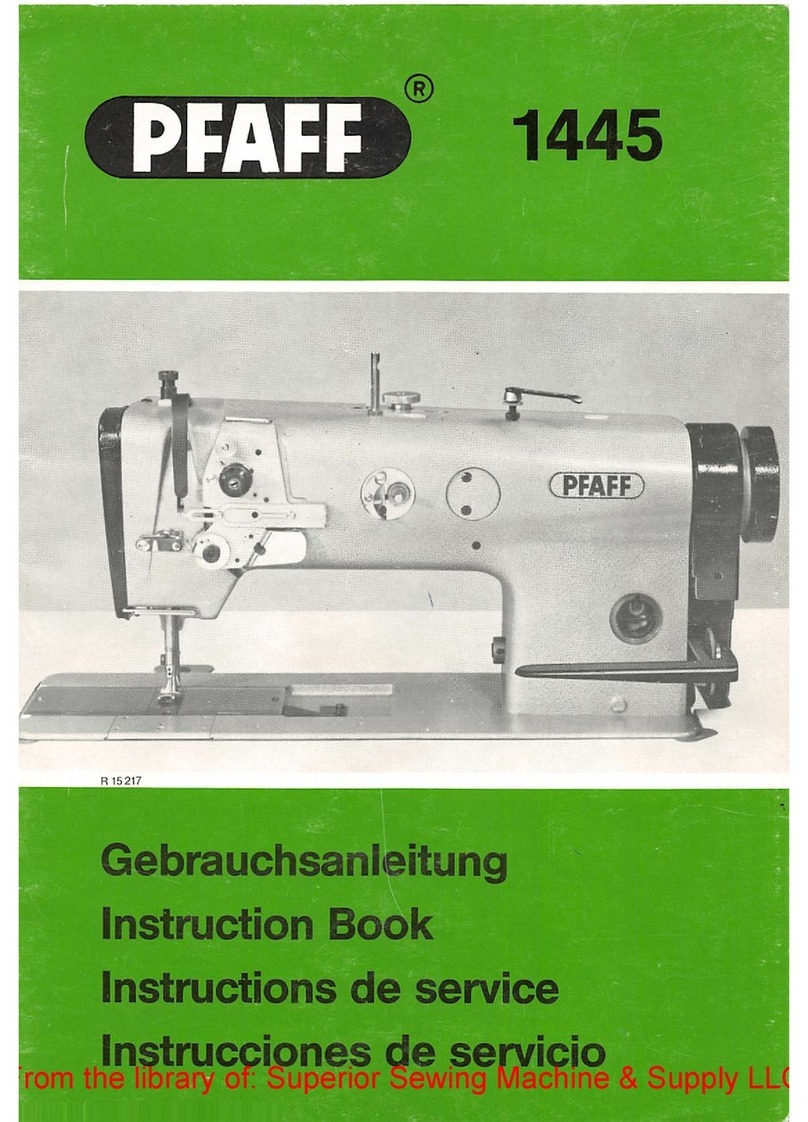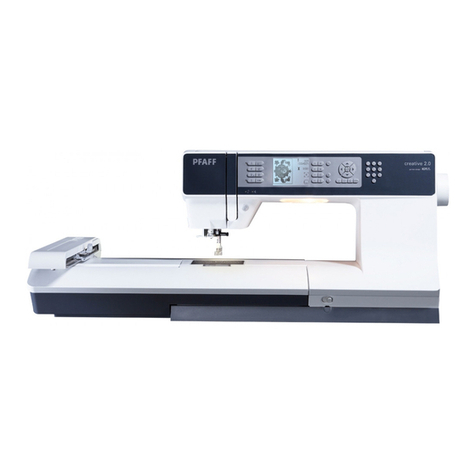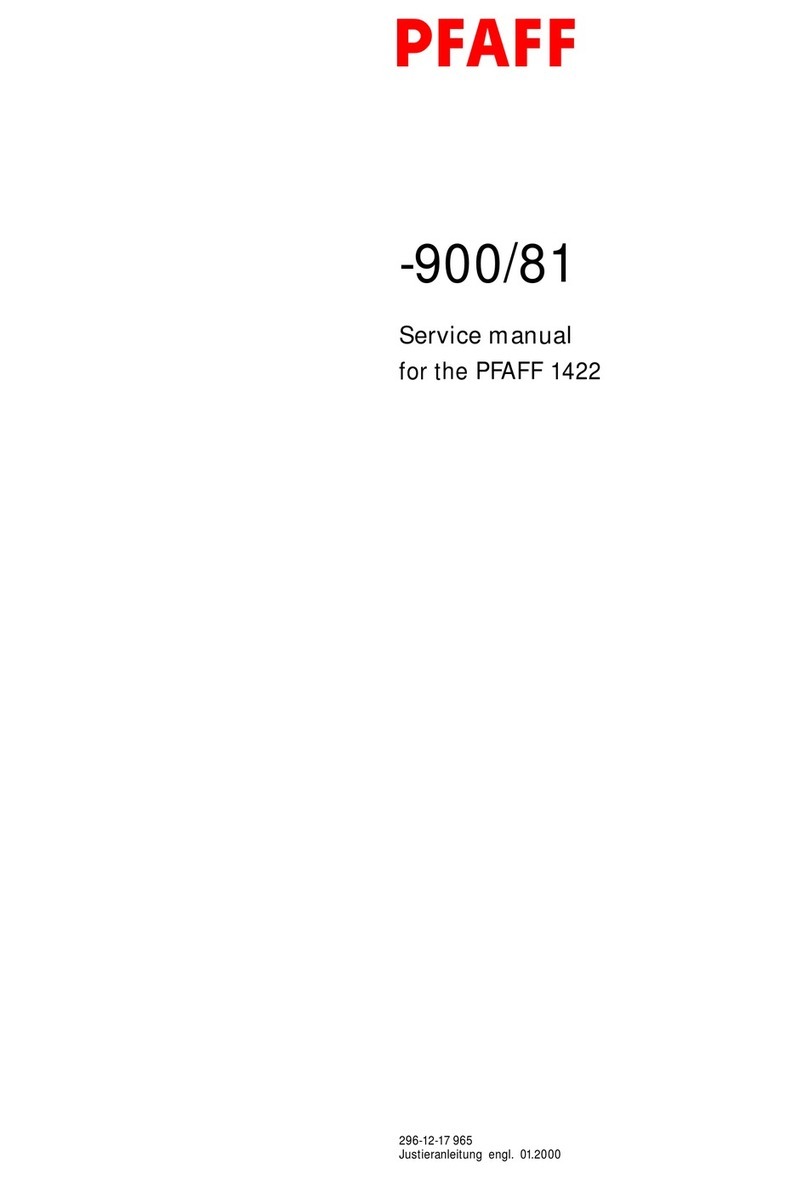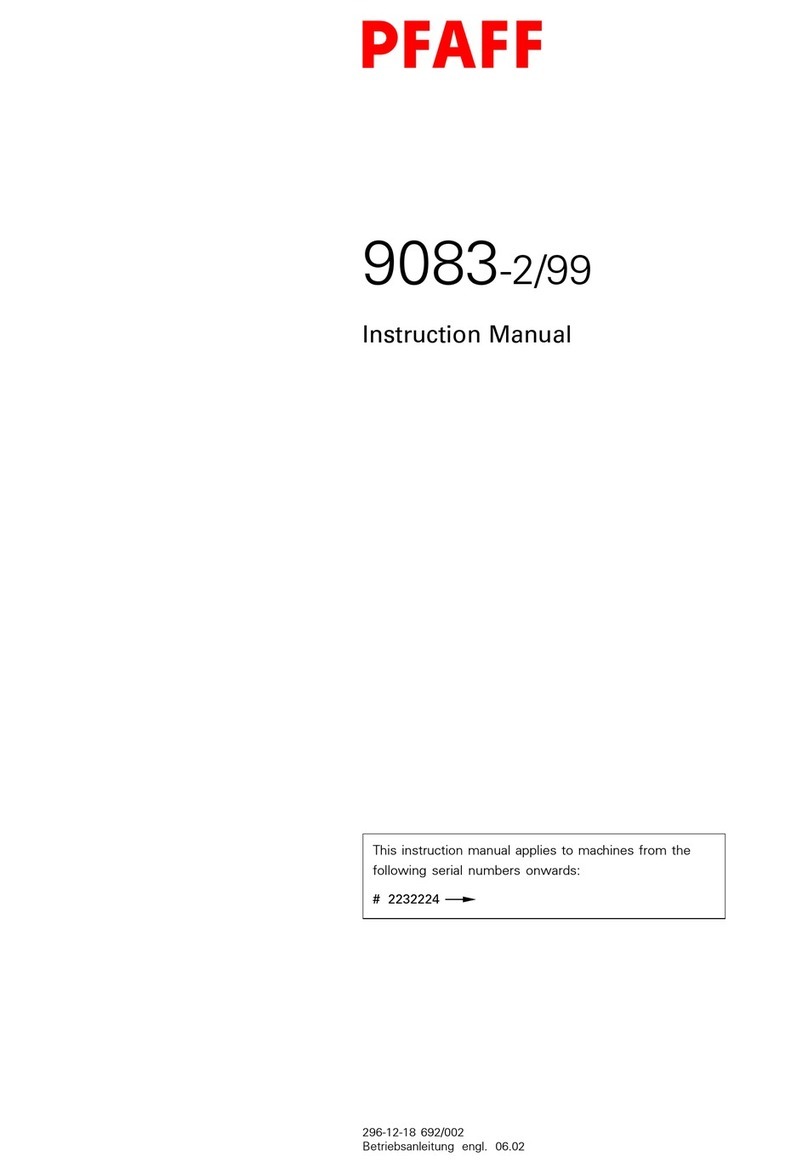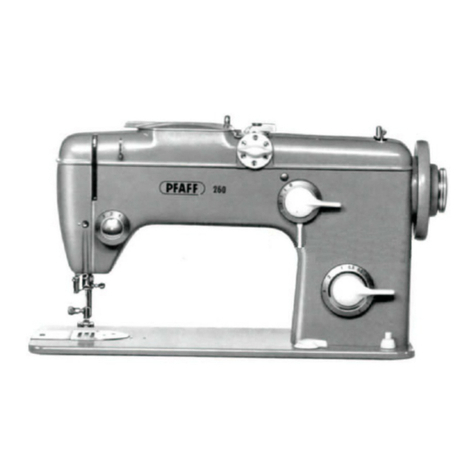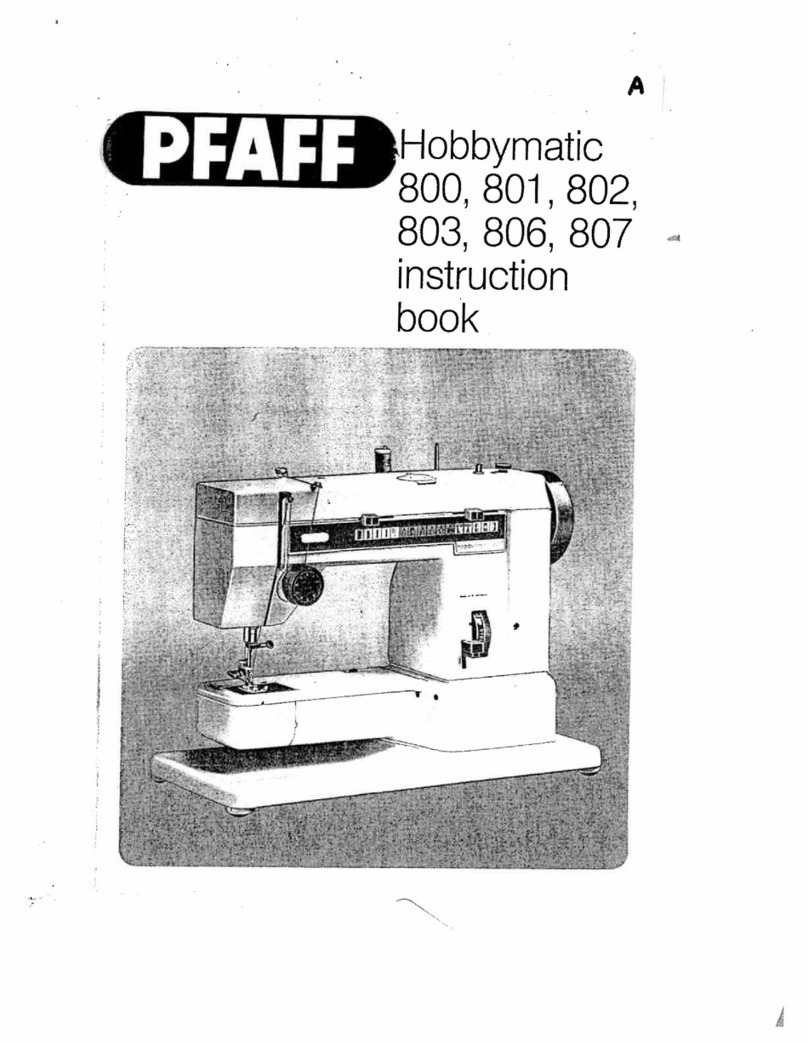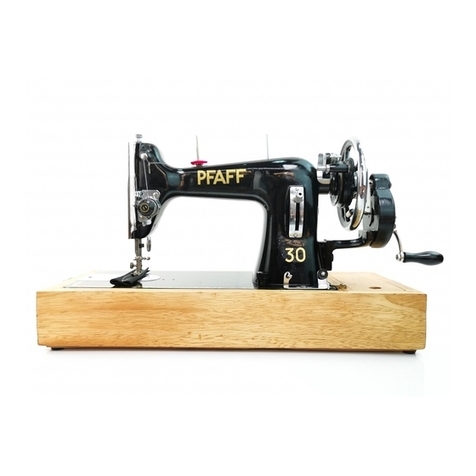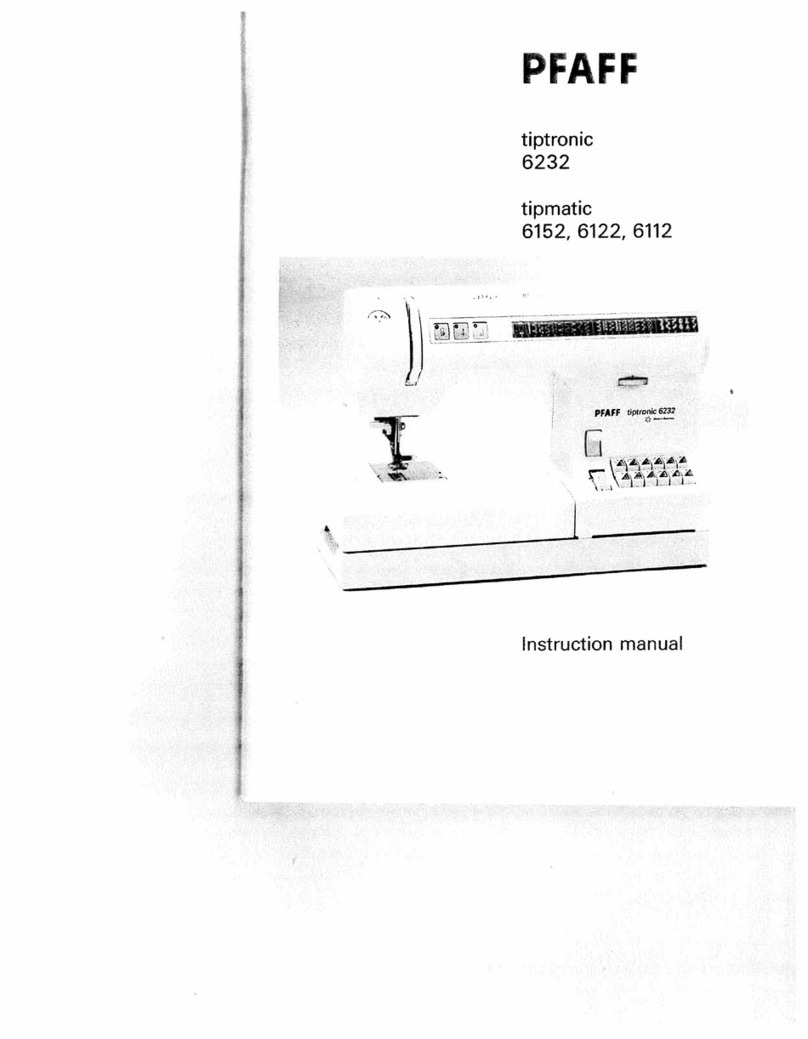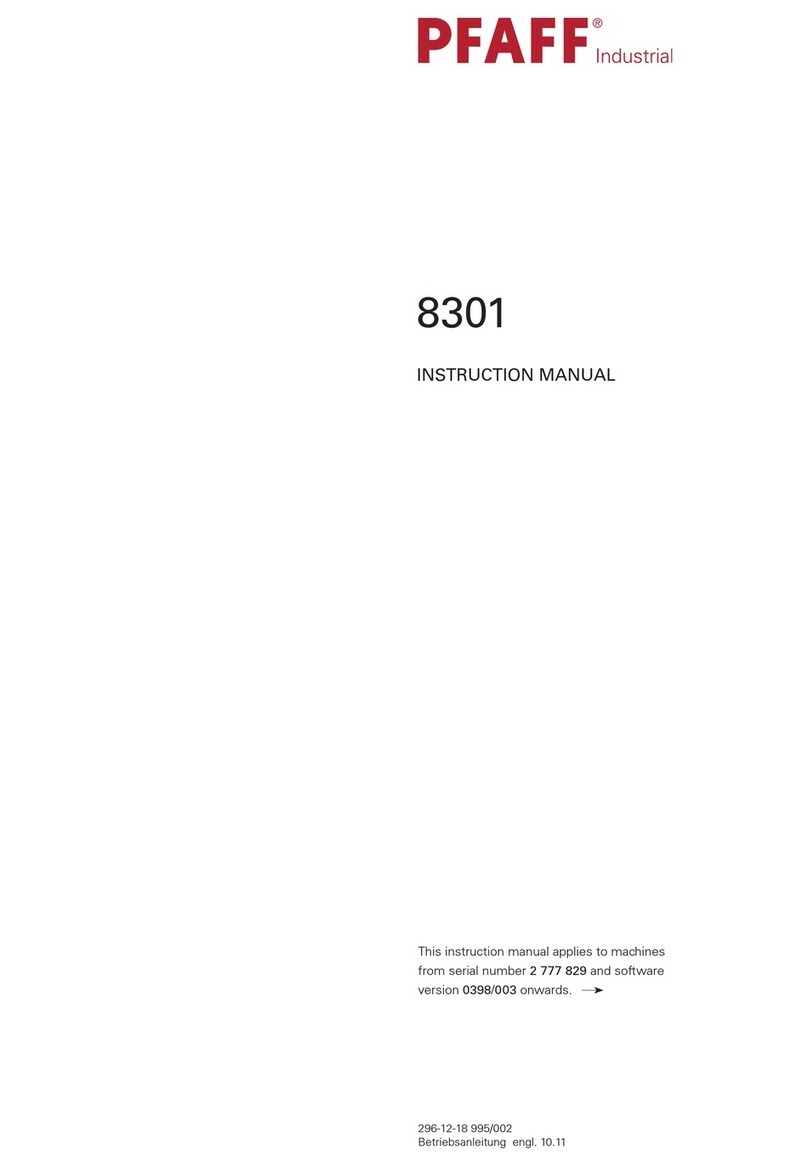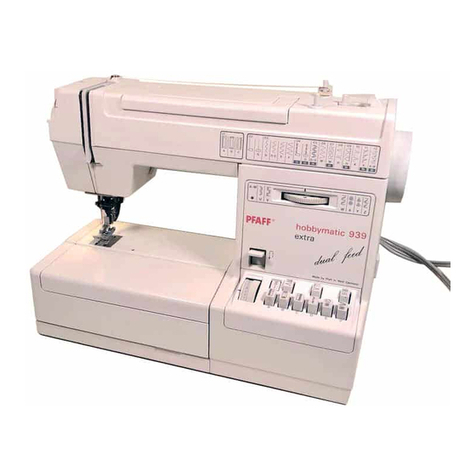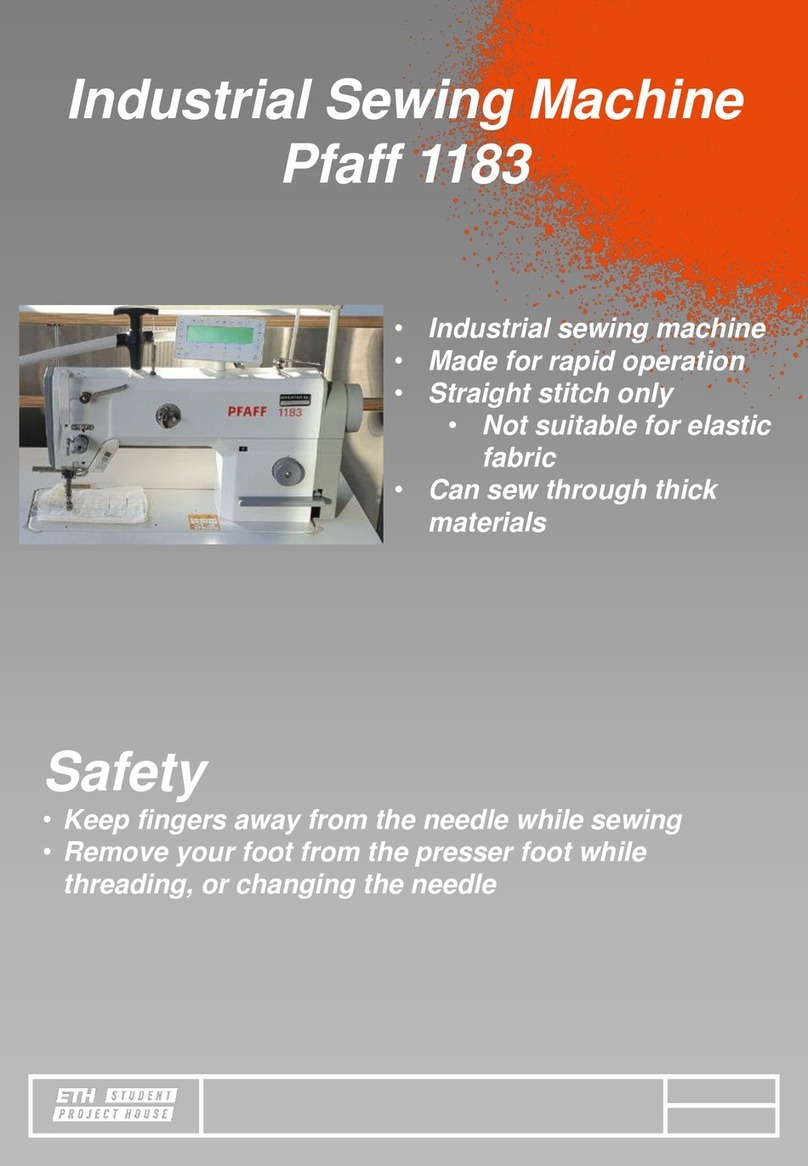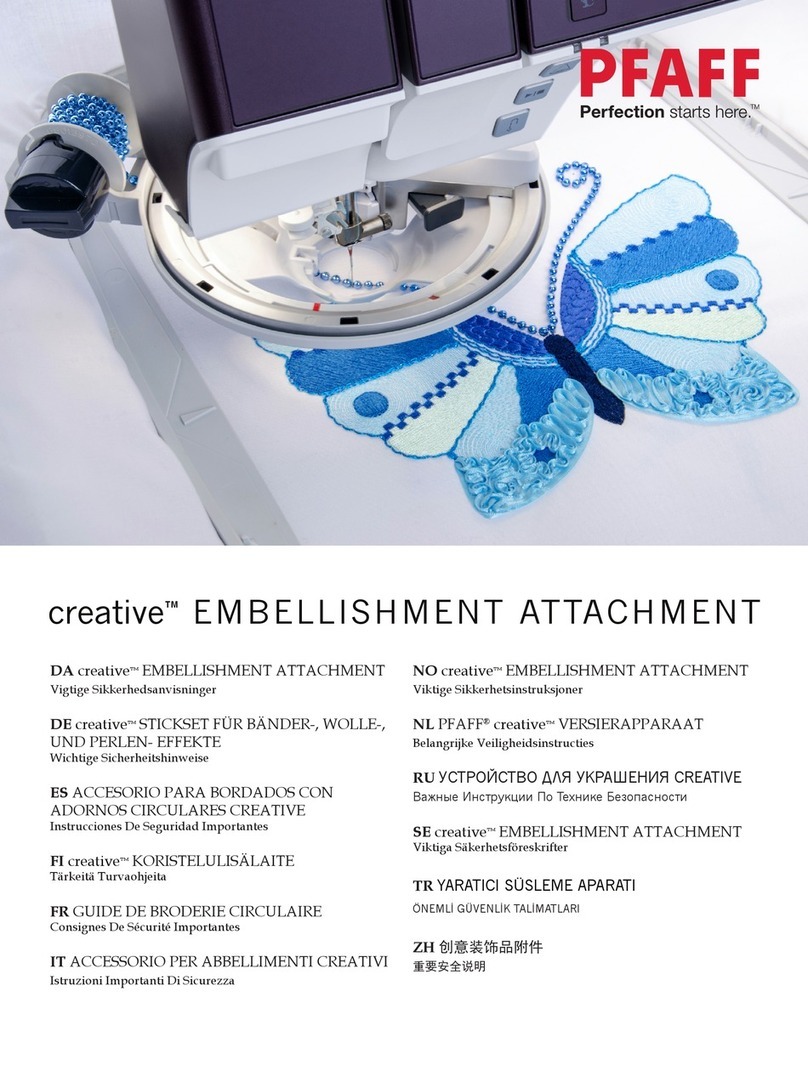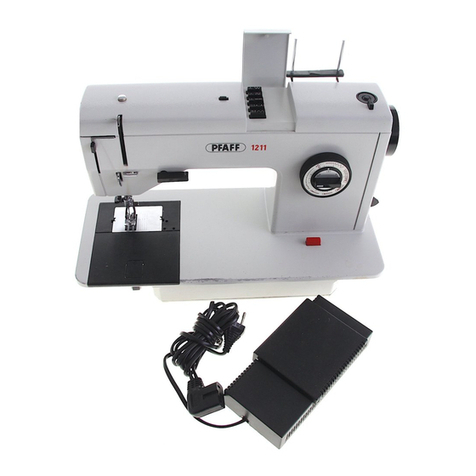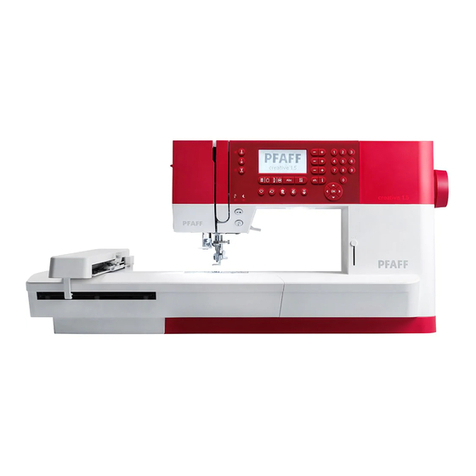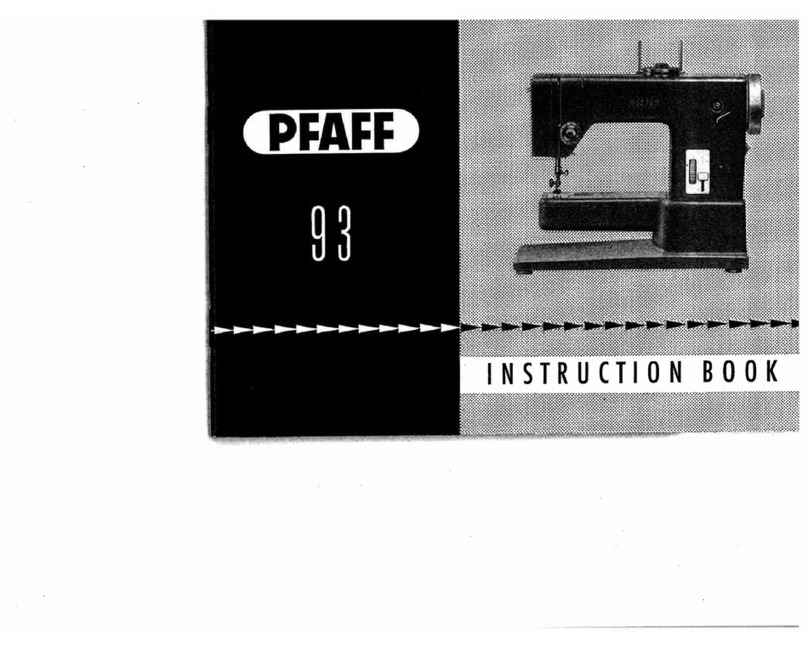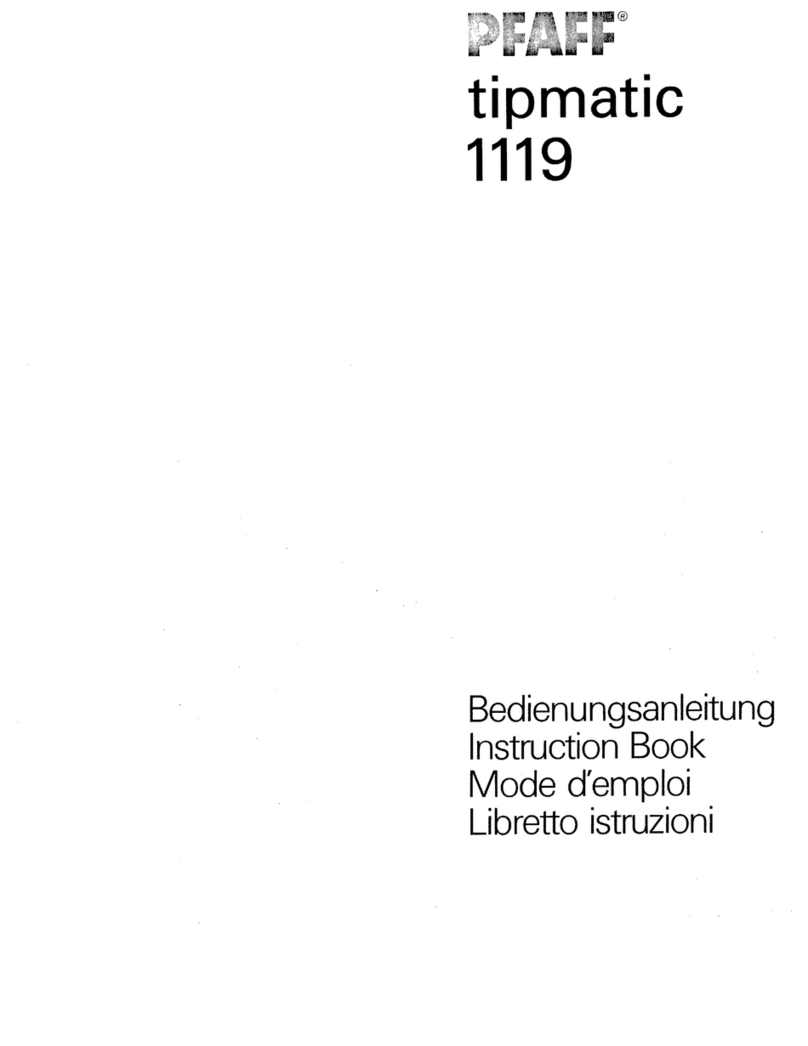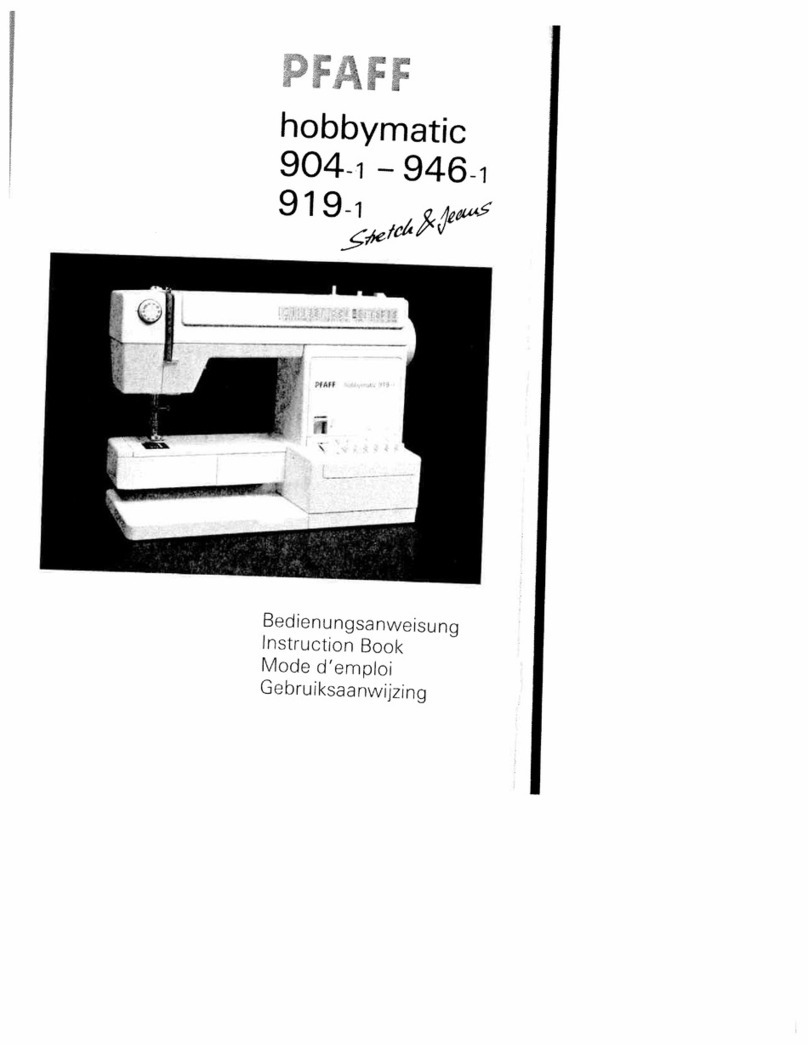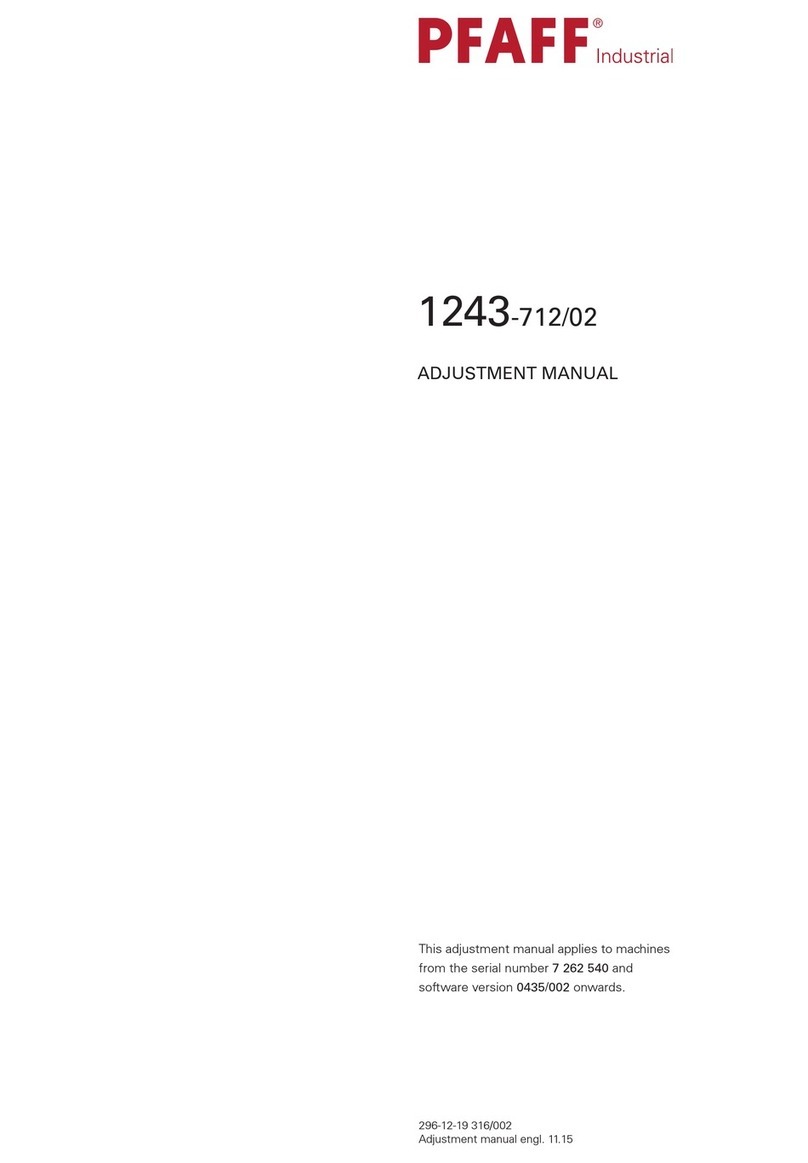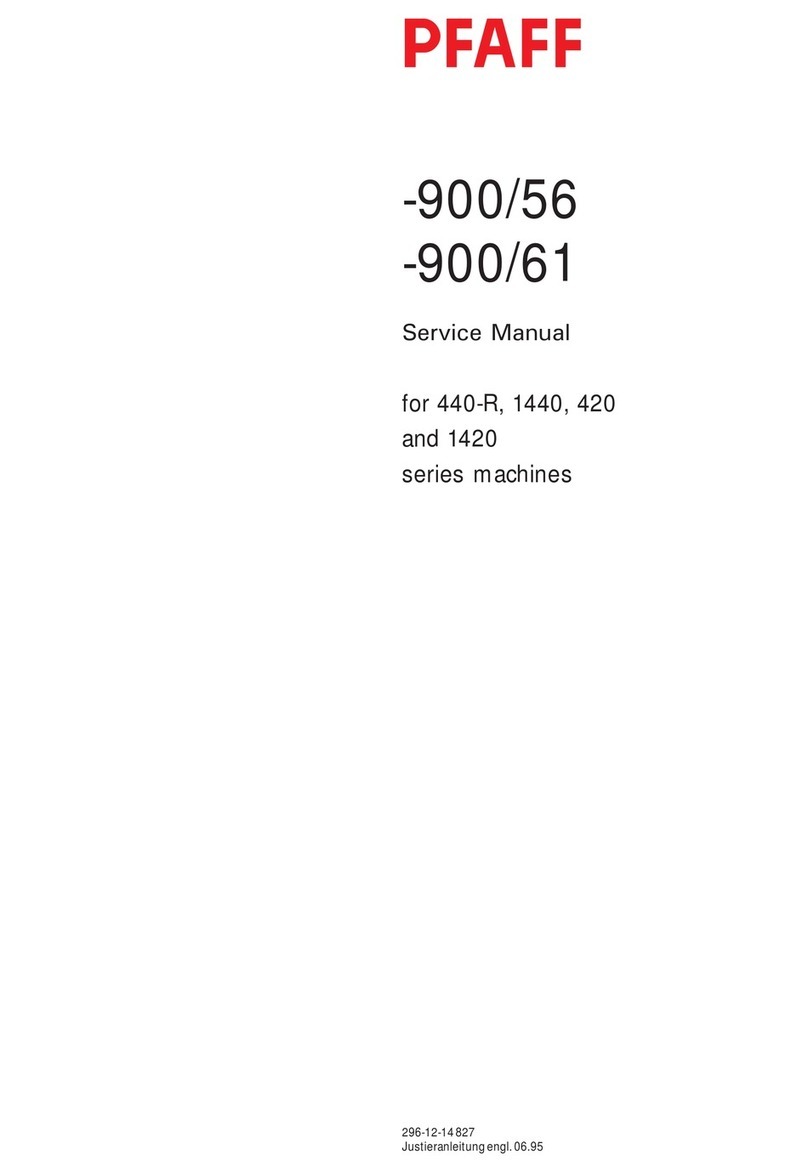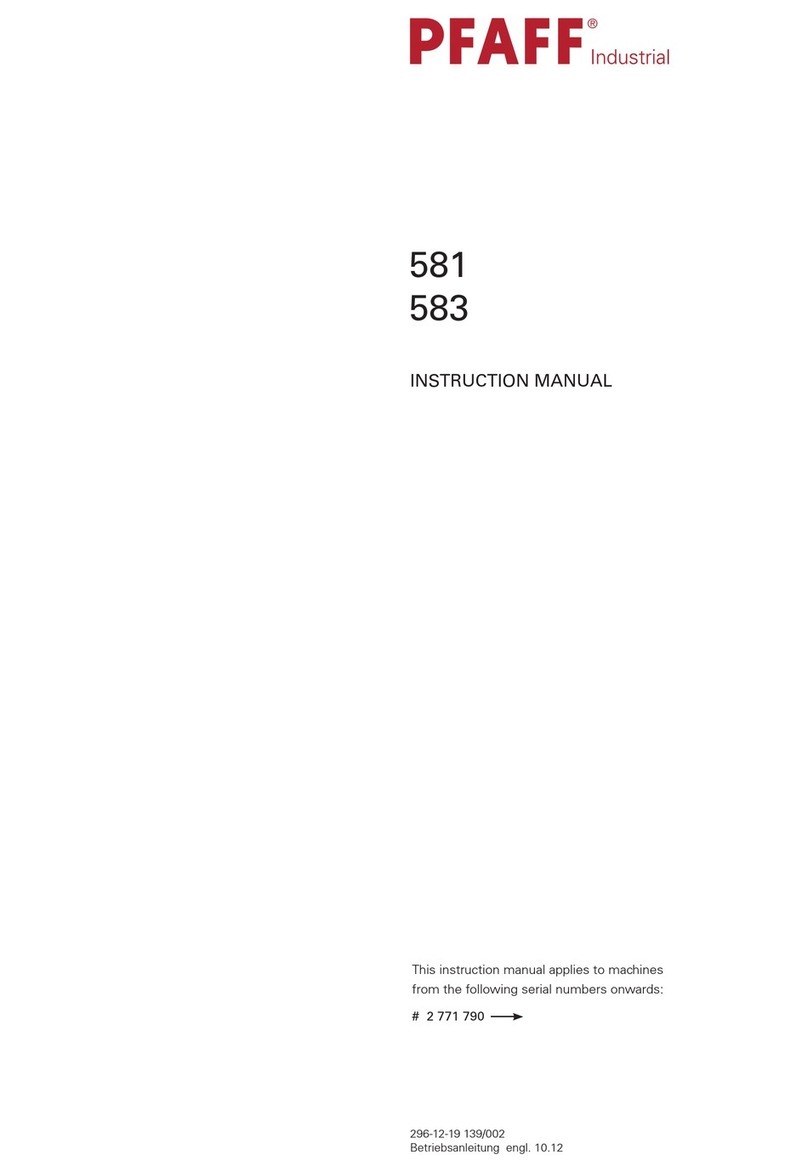
Index
Contents ................................................................................. Chapter - Page
1Safety ........................................................................................................................... 1 - 1
1.01 Directives...................................................................................................................... 1 - 1
1.02 General notes on safety ................................................................................................ 1 - 1
1.03 Safety symbols ............................................................................................................. 1 -2
1.04 Important points for the user ........................................................................................ 1 - 2
1.05 Operating and specialist personnel ............................................................................... 1 - 3
1.05.01 Operating personnel...................................................................................................... 1- 3
1.05.02 Specialist personnel ......................................................................................................1- 3
1.06 Danger .......................................................................................................................... 1 - 4
2Proper use.................................................................................................................... 2 -1
3Specifications .............................................................................................................. 3 - 1
3.01 PFAFF1183-712/02....................................................................................................... 3 - 1
3.02 Models and subclasses................................................................................................. 3 - 1
4Disposal of machine ................................................................................................... 4 - 1
5Transport, packaging and storage ............................................................................. 5 - 1
5.01 Transportation to customer's premises ........................................................................ 5 - 1
5.02 Transport within the customer’s premises ................................................................... 5 - 1
5.03 Disposal of the packaging ............................................................................................. 5 - 1
5.04 Storage ......................................................................................................................... 5 - 1
6Explanation of the symbols........................................................................................ 6 - 1
7Controls ....................................................................................................................... 7- 1
7.01 On/off switch ................................................................................................................7- 1
7.02 Pedal ............................................................................................................................. 7 - 1
7.03 Control panel................................................................................................................. 7 - 2
7.03.01 Screen displays ............................................................................................................. 7 - 2
7.03.02 Function keys................................................................................................................ 7 - 2
8Mounting and commissioning the machine ............................................................. 8 - 1
8.01 Mounting....................................................................................................................... 8 - 1
8.01.01 Adjusting the table-top height ....................................................................................... 8 - 1
8.01.02 Garnrollenständer montieren......................................................................................... 8 - 2
8.02 Connecting the plug-in connections and earth cables ................................................... 8 - 3
8.03 Start inhibitor................................................................................................................. 8 - 4
8.03.01 Mounting the start inhibitor........................................................................................... 8 - 4
8.03.02 Checking the start inhibitor function ............................................................................. 8 - 4
8.04 Basic setting of the machine drive unit ......................................................................... 8 - 5
8.05 Commissioning ............................................................................................................. 8 - 7
8.06 Switching the machine on/off ....................................................................................... 8 - 7
8.07 Table top cutout ............................................................................................................ 8- 8
8.08 Mounting the table top.................................................................................................. 8 - 9
